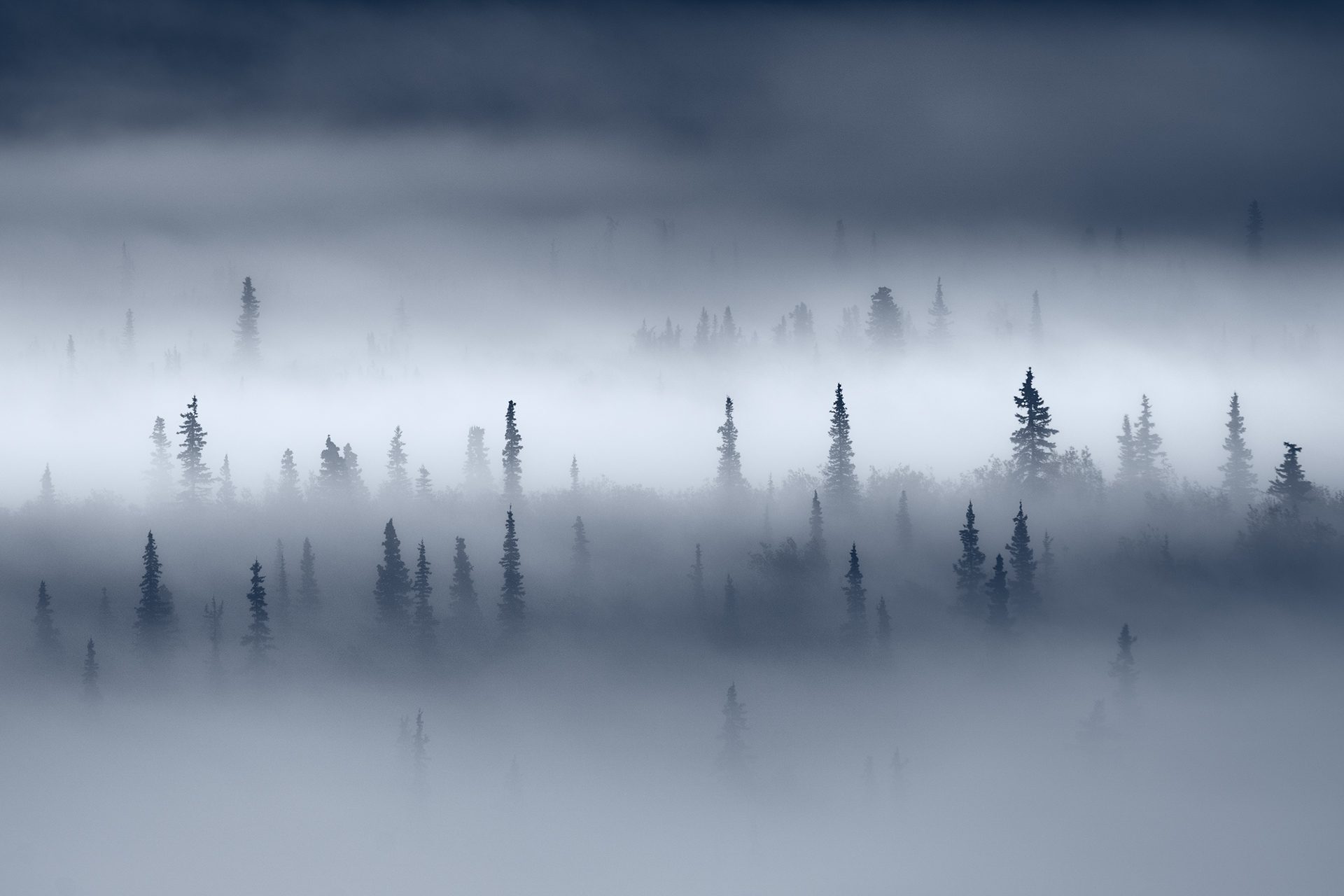
1. What was your path to become a photographer?
It was in 2009 when traveling along the southwest coast of Sardinia I realized that I had to buy a camera to portray the beauty I perceived. In a few days, I found and bought a digital SLR on Ebay (Nikon D2x) and from that moment my endless journey began.
Thanks to massive knowledge sharing on the internet and participation in photography forums, learning the rudiments in this world was quick and easy. Some friendships, daily correspondence, sharing of opinions, approaches and experiences, still contribute today to keep the passion always alive; all this contributes to my constant evolution and to show me a path that leads me to know and explore new horizons. Another very important element was the study, through the books, of the great photographers. A mix of passion, tenacity, friendship and study, supported by a great passion, have made my career as a photographer.
2. Do you prefer to photograph close to home or do you find faraway places more inspiring? Are there any special places that inspire you the most to create new work?
Both are very important aspects. On the one hand, "zero km photography", like no other, gives us the opportunity to develop projects and achieve important results. Being able to experience the surrounding environment and its evolution day by day, year by year, is the very essence of my photographic vision. I prefer to go back to the same places many times to develop long-term projects, visit them in different seasons, wait for the right conditions to be able to capture the emotion of the moment.
On the other hand, traveling means enjoying the wonders of our planet. It means fueling passion, sharing experience, developing new projects (for me two above all: Iceland and Alaska). In summary, these are two fundamental aspects, but the territory where I live plays a fundamental role.
3. Are you a meticulous pre-planer or do you prefer creating images spontaneously? Do you revisit your favourite places many times to achieve the required result? Can you tell us more about your method of working?
Planning a photographic image is essential, and yes, I am very meticulous. The incidence of light, the tides, the weather, the human presence are just some of the elements that must necessarily be checked before a mission in the field, to avoid frustrating any effort.
Meticulous preparation is required, but it’s important to remember to always leave a door open to spontaneity and intuition of the moment.
Yes, I certainly visit the same spots dozens of times. I do it both to relive the moment and the place, and to maximize the result in terms of shot quality and seasonality. Telling a story about a territory also means photographing it in different weather conditions, light conditions and in different seasons.
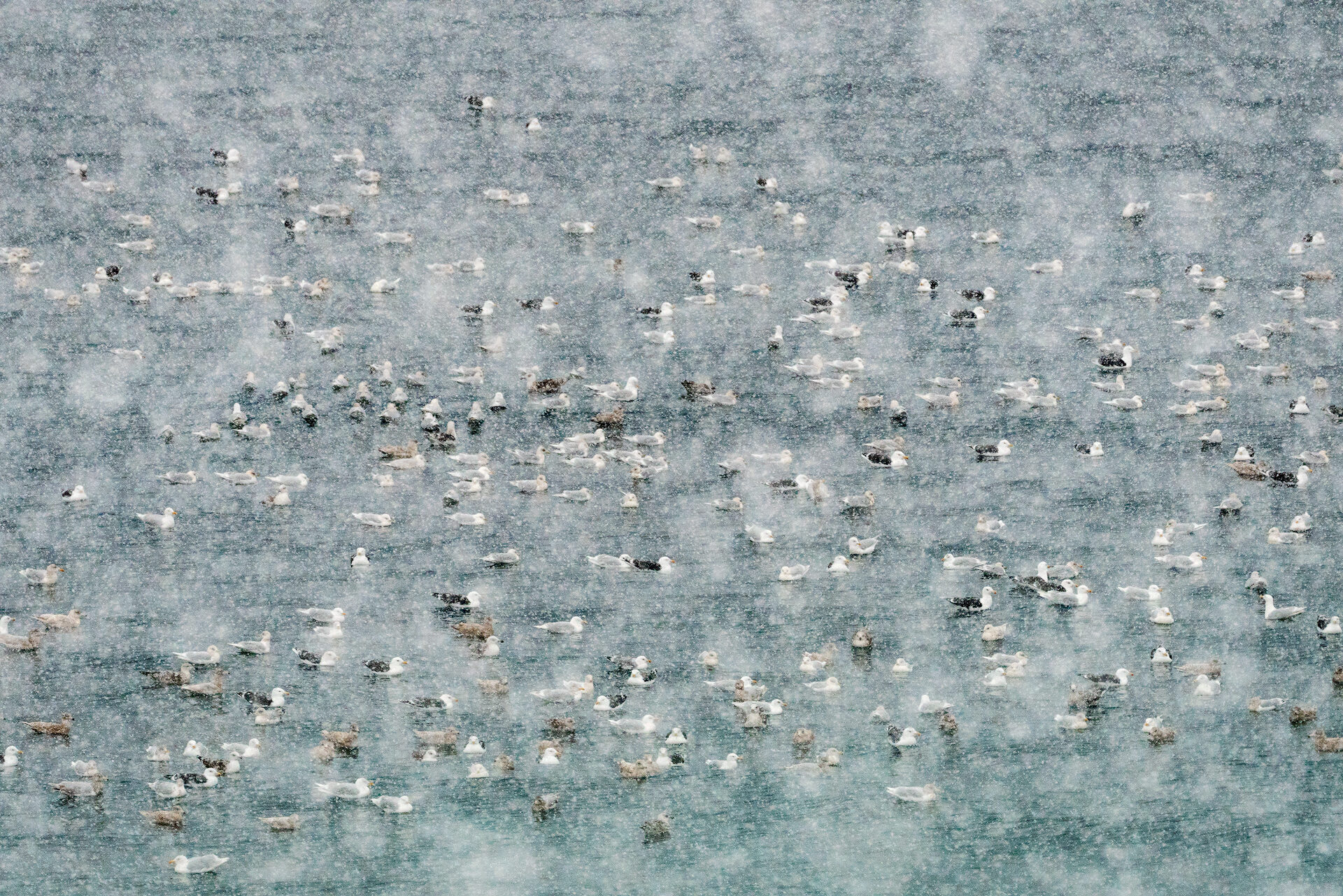
4. Terra Quantum displays themes and series portfolios; do you like working to the project/series/theme or find creating individual images more rewarding?
As indicated in the previous point, my approach to photography is aimed at developing a project. Not that a single image cannot have a great impact, far from it, there are single images of great emotional impact, capable of telling entire stories.
5. Can you tell us a bit more about one chosen photograph – what is the story behind it, when/why/how it was created?
I took this picture on an early morning in the Park of the Giara, located in the center of Sardinia. This photo was taken in January after having waited for years. I was standing by my tripod, my default setting, waiting for the big blizzard and finally all the elements were coming together. I was ready, I was in the right place at the right time, focused and at the same time worried if everything was fine. A few moments that repaid my wait, a joy that goes beyond images.
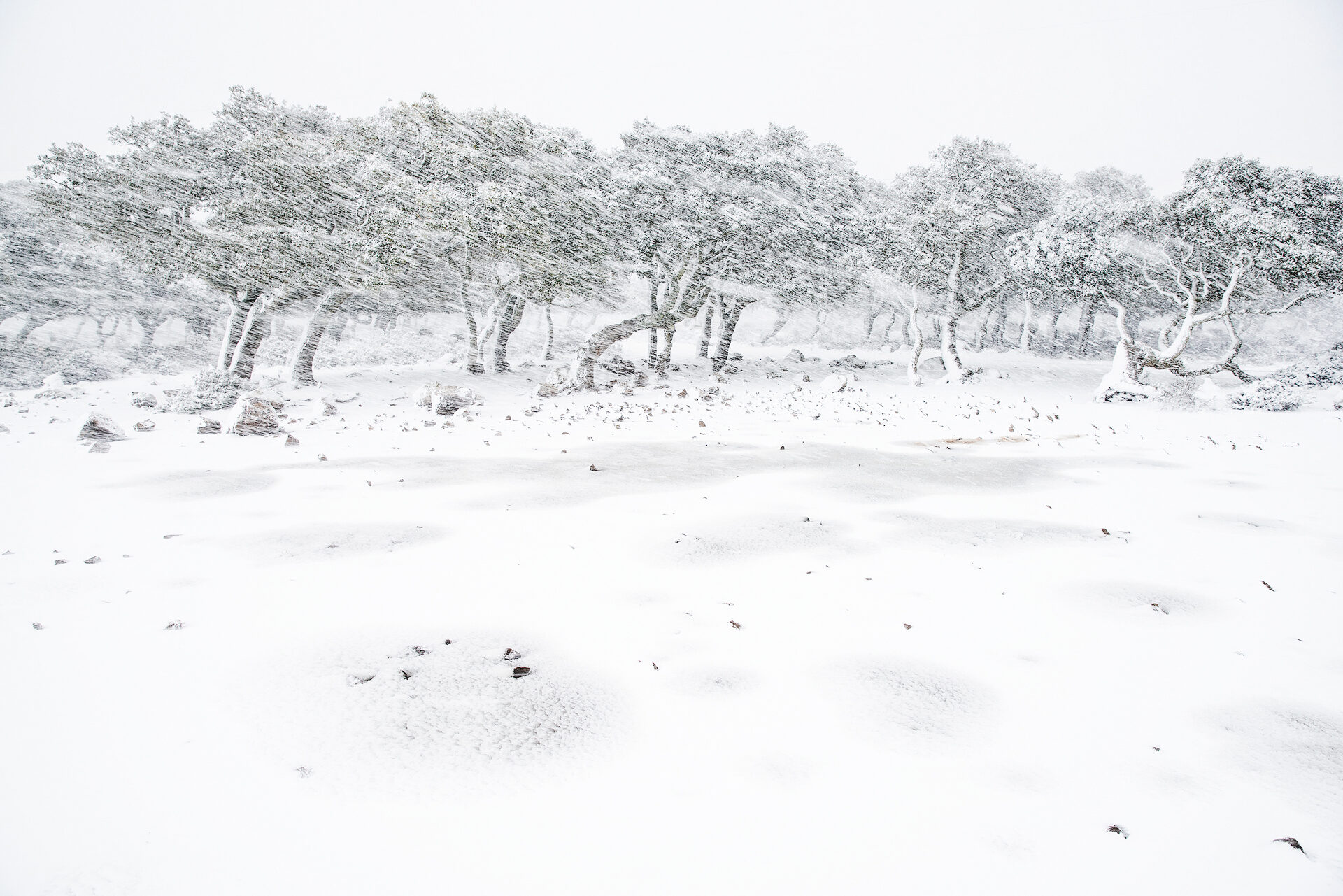
6. Colour, b&w or both? How do you decide about the elimination or inclusion of colour and why. When do you decide about it - in the field or during the post-processing?
I generally express myself through the colors that Mother Nature chooses to offer me, including “natural black and white” (as in the photograph chosen in answer to the previous question).
Post-production is a fundamental part of photography; it is today, it was before in the darkroom. During this phase a conversion to black and white can happen, although in my case, it is extremely rare.
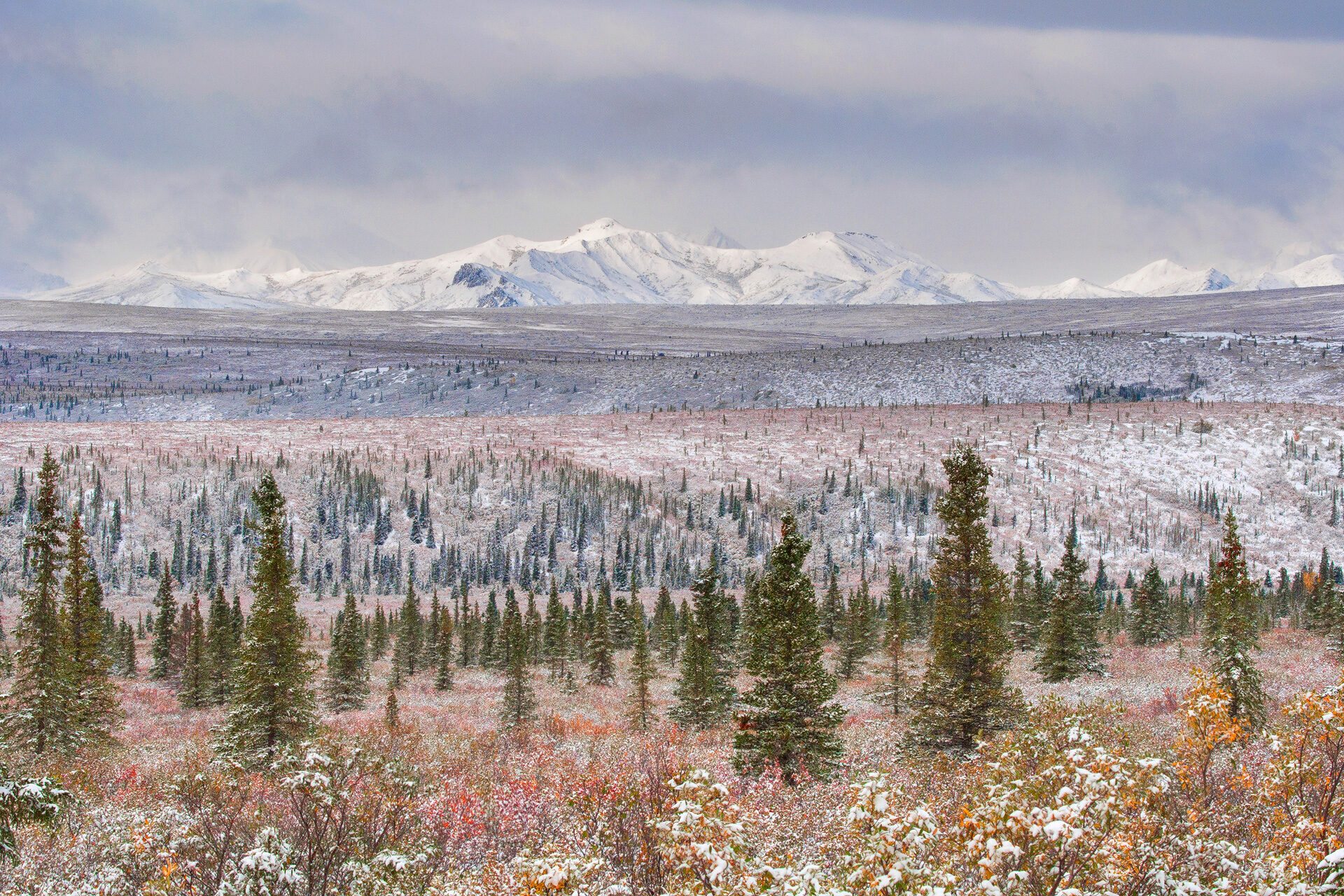
7. Do you find printing your images yourself as an integral part of image creation or do you use professional labs? How important is the choice of paper for you?
This is a crucial point. The printing of the photographs constitutes its natural final phase (from click to print). Today we print less and less, we tend to leave all the work on the hard disks, but this is a big mistake. I print my photographs in a trusted photographic laboratory, near where I live in order to follow each stage of the printing. The choice of paper is of fundamental importance, and the experience accumulated over the years helps me in defining which one will be the most suitable. Seeing your printed images is always a great emotion.
8. Do you think that social media is killing photography or playing an important role in promoting your work? How involved are you in your online presence?
Another extremely delicate point that now involves all sectors and all ages. Social media are potentially an enormously useful tool, but they must be used with extreme intelligence, we must not be overwhelmed by the long wave of social media. Today's technology must not penalize us but help us to live better. Social networks must be a tool for sharing our work, we must always keep in mind that social networks are a tool at our service and not the opposite.
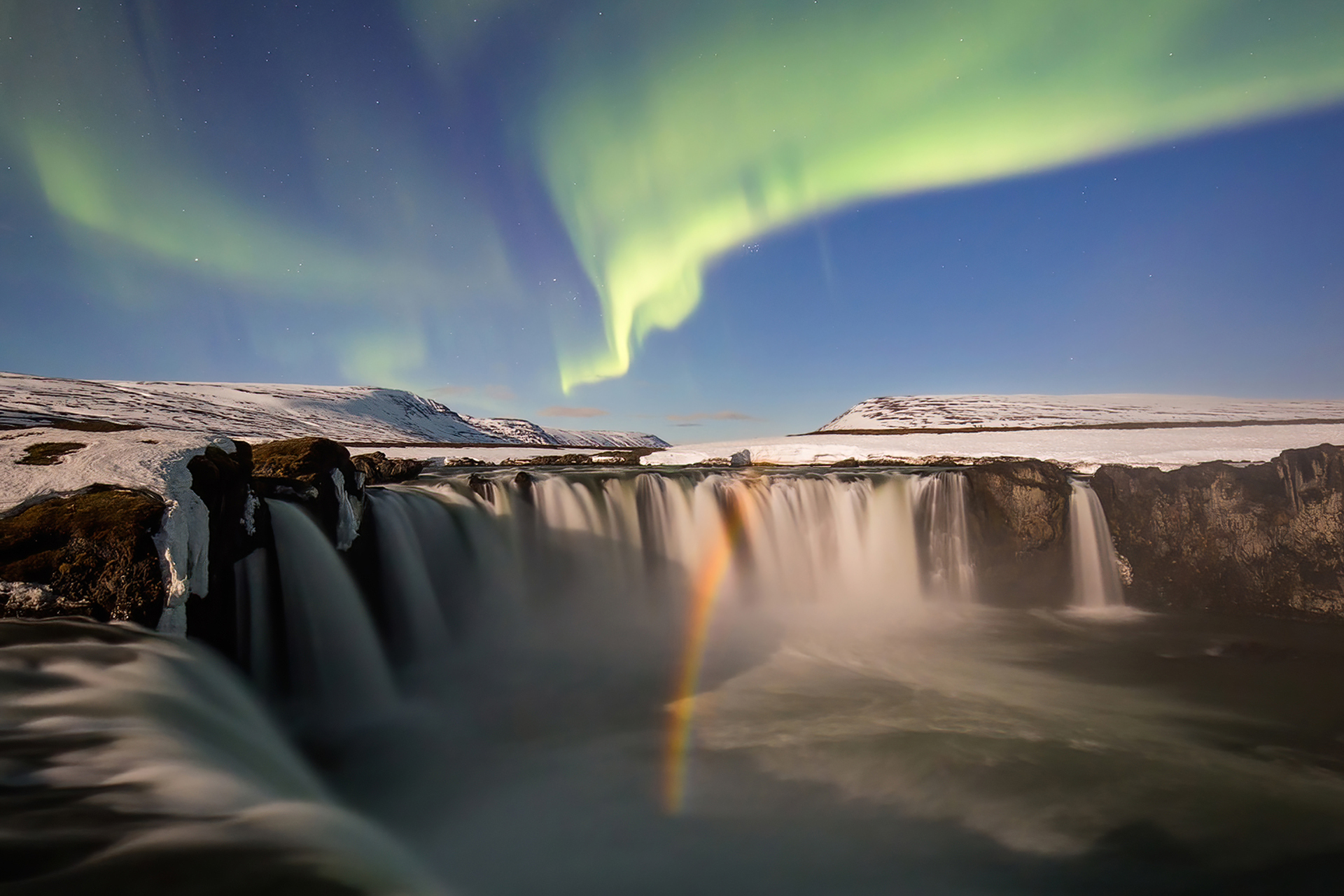
9. Do you have any plans for exhibitions, books or any interesting projects coming? Can you tell us a bit more about your artistic plans for the next couple of years?
I am currently working on the development of two projects:
- The first in Sardinia, at the end of which an exhibition and the publication of a book are planned. This project has the ambition to tell the landscape of the hinterland of the island where I live during the passing of the 4 seasons, from the smallest detail to the widest landscapes. Having the opportunity to live it day by day, all of this becomes possible.
- The second project, on the other hand, develops at the antipodes of where I live, it is Alaska, nine hours of time zone separate it from Sardinia. An immense and wild territory, difficult to reach and traverse. Soon I will leave for my fourth mission dedicated to autumn and I will try again to tell the story of "The Last Frontier".
Having said that, it happens every now and then that an alternative trip in search of new inspirations and emotions takes place, for example I recently went to two places that surprised and excited me: the Etna park in Sicily, and the West coast of Ireland.
10. We are living on the most beautiful planet, yet it is over-burdened and over-polluted. As photography is an influential medium, do you use the power of your photographs to promote our Earth appreciation and environmental awareness? Any thoughts how photographers in general can become more involved in this important matter?
The photographic tool is one of the most powerful at our disposal in this historical moment. Millions perhaps billions of images are uploaded to social media, newspapers and websites every day. We are literally inundated with photos to which we dedicate only a few moments, in a crazy and meaningless flow. It is necessary to stop, observe, elaborate and understand.
A photo can show us the fragility of the world, the wrong direction we are taking, it can shake us, scream at us: let's listen to it and act accordingly.
On the other hand, photography also has its gray sides, aspects that today more than ever must be evaluated with extreme attention. Tens of thousands of photographers move every day to the 4 corners of the earth in search of the super image, flying on airplanes, attacking the delicate ecosystem of areas and territories now in precarious balance; it is not uncommon for animals to be disturbed and delicate balances altered.
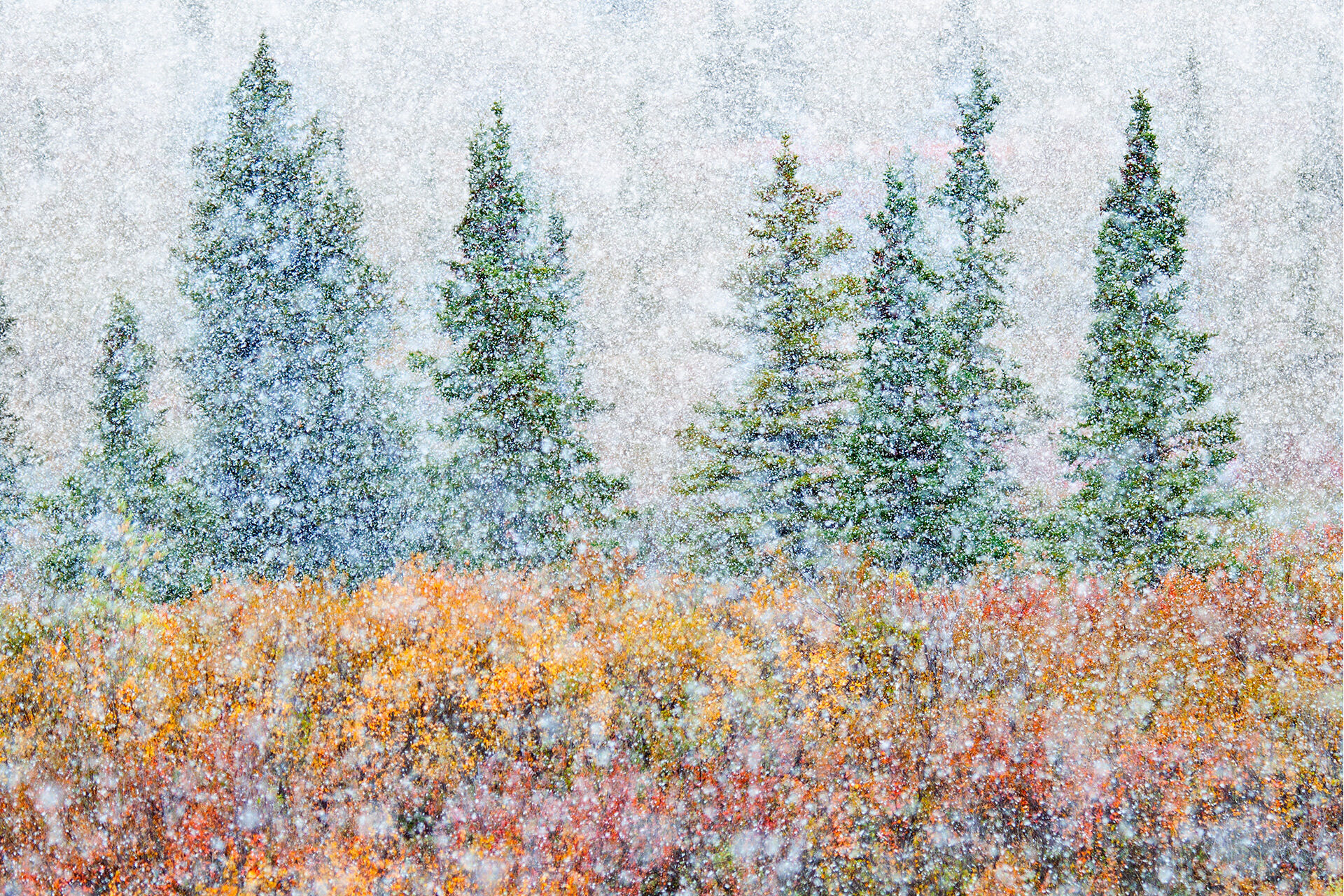
Alessandro Carboni is a landscape and nature photographer. His photographs have been awarded in the prestigious international nature photography competitions, such as the Wildlife Photographer of the Year.
He was born in Sardinia, grew up and still lives there; Sardinia is still his primary inspiration. He took his first steps in the dark room in the 90s, but began to focus his attention on the landscape photography in 2009. Graduated in business administration, but always with an eye on the nature of his wild and fascinating island of Sardinia. He escapes most urbanized areas in search for uncontaminated places. He is convinced that the development of an idea through the realization of a project, is the most powerful way to convey his vision and emotions. Currently, the most important project of his is “Wild Sardinia” where he tells a story of natural landscapes, the seasons and the light of this special island.

